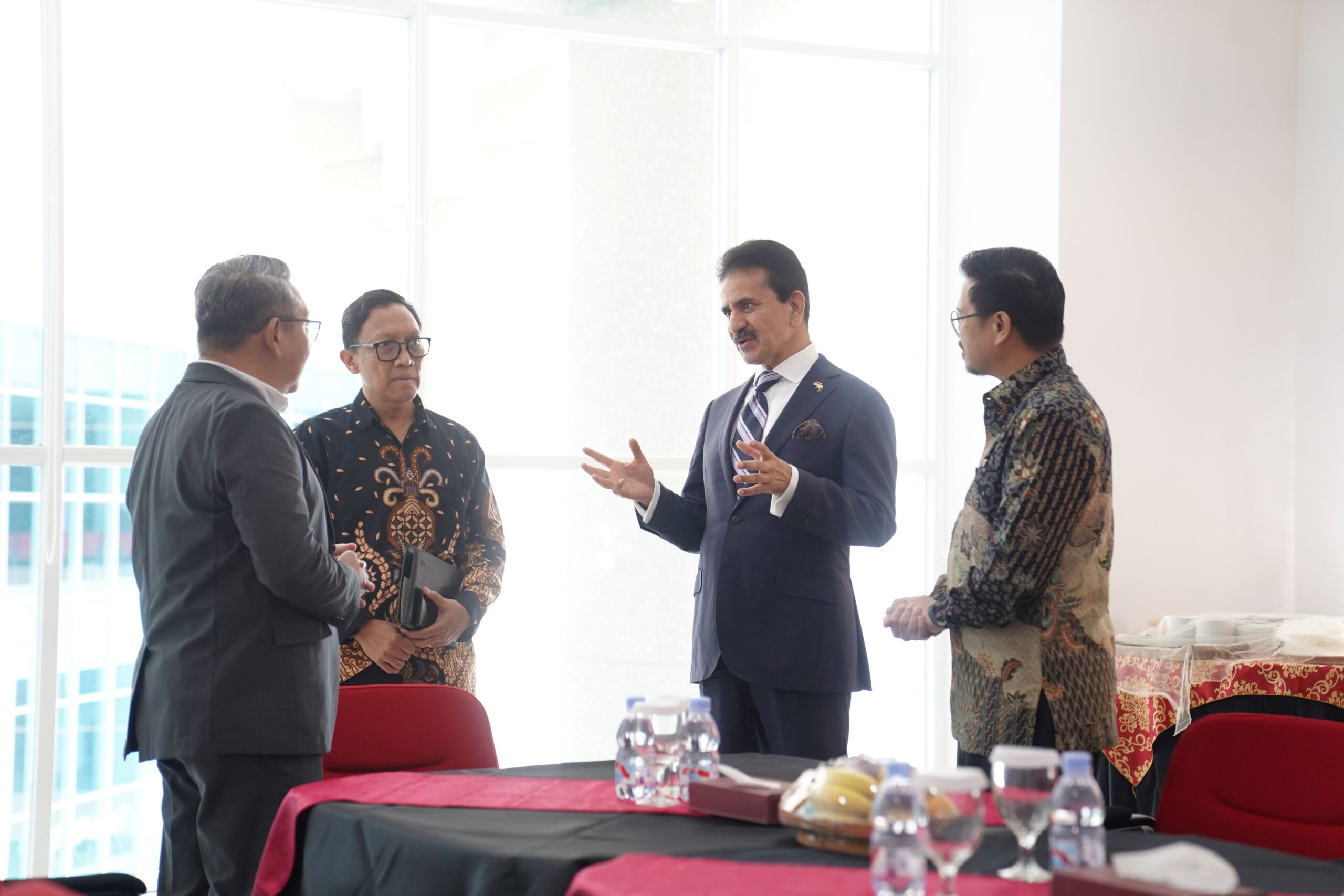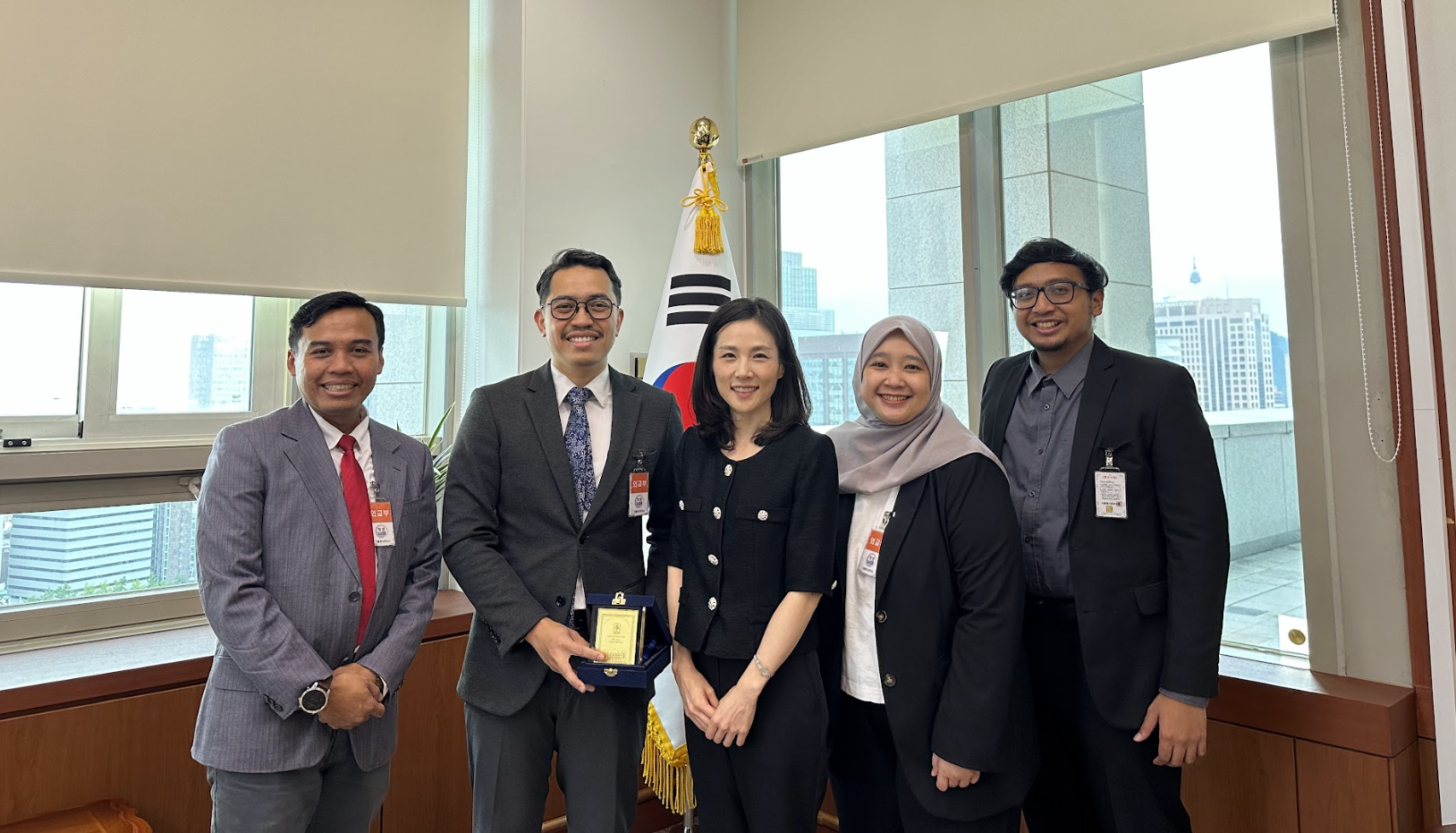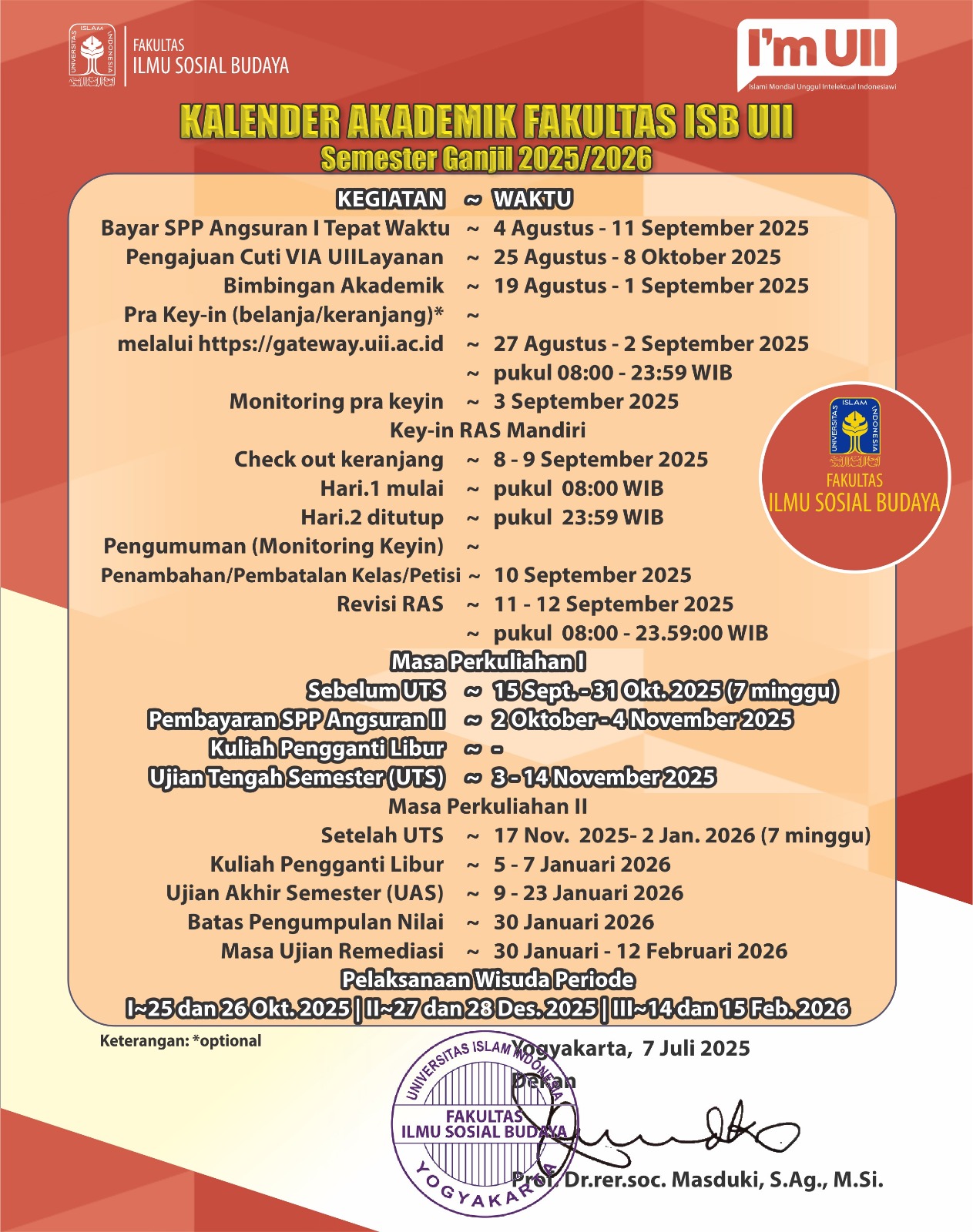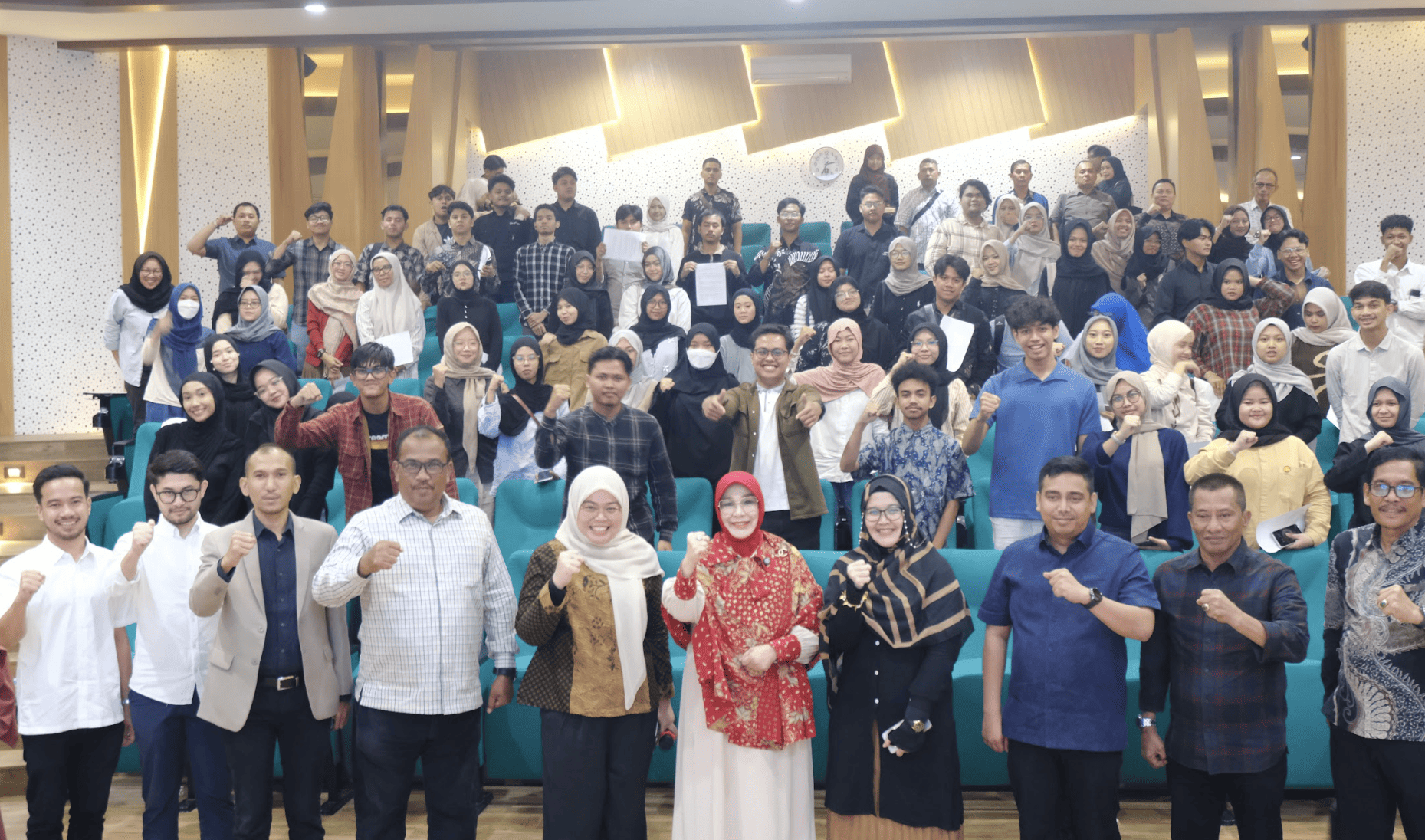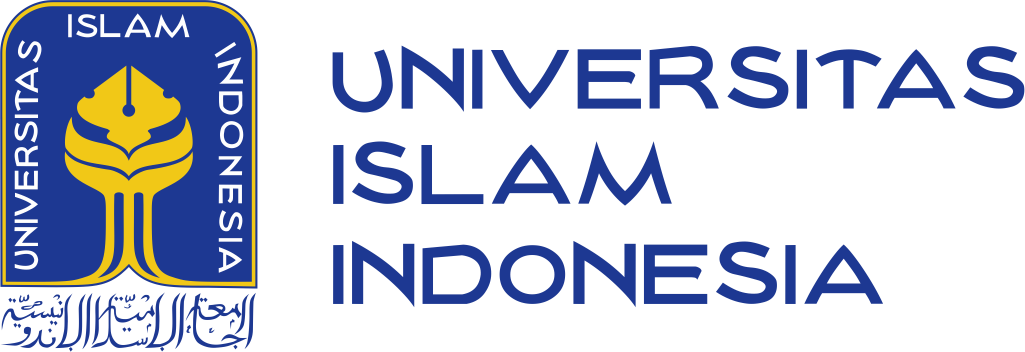The Blue Mosque: A Symbol of Ottoman Imperial Prestige
Written by Fatimah Aulia Permata
The Sultan Ahmed Mosque, often known as The Blue Mosque, represents the Ottoman
Empire’s majestic and religious devotion. This architectural building was built between 1609
and 1616 under the Sultan Ahmed I’s government, and is a prestige landmark in the history of
the Ottoman Empire. The mosque has strategic placement, which is directly opposite The
Hagia Sophia, emphasizes the purpose of its construction as a symbol of imperial power and
religious superiority.
The mosque is located next to Topkapi Palace, the Ottoman imperial home, and sandwiched between the Byzantine Hippodrome and the Hagia Sophia, making its location politically controversial. The location was chosen with some controversy because it called for the destruction of several well-established palaces that belonged to Ottoman ministers, but prestige compensation for the massive financial and real estate expenses. Building expansive complexes of mosques for the public good was a component of the imperial heritage signifying a virtuous and glorious king. Moreover, the mosque’s placement next to the Hagia Sophia represented the victory of an Islamic structure over a rebuilt Christian’s church.
The mosque’s enduring legacy illustrates the ways in which architecture can transcend its original purpose, becoming a symbol of national identity and a tool of diplomacy. The Blue Mosque continues to attract millions of visitors each year, making it not only a place of worship but also a key site of cultural tourism and international engagement.

Picture 1. The Blue Mosque isn’t just an architectural gem, it’s a must-visit spot for anyone who is looking to soak in the beauty and history of Istanbul.
With graceful design of rising domes and six thin, towering minarets, the mosque has a
dominant position in Istanbul’s skyline. From the classical tradition that was pioneered by the renowned master architect Mimar Sinan in the 16th century, as evidenced by its architectural and ornamental features and symbolic location at the imperial center of the city. The Blue Mosque’s design combines conventional Islamic architecture with Byzantine Christian features, resulting in a unique aesthetic that symbolizes the Ottoman Empire’s cultural and theological diversity. The mosque’s interior is decorated with nearly 20,000 handmade Iznik ceramic tiles in various colors of blue, so it’s giving the name. These tiles with exquisite floral and geometric designs, are set against a backdrop of natural light streaming in through over 200 stained glass windows, creating a tranquil and otherworldly ambiance. Sultan Ahmed was the one who asked for the traditional motifs which mixed of Islamic and Byzantine culture, with luxurious tiles and glass.
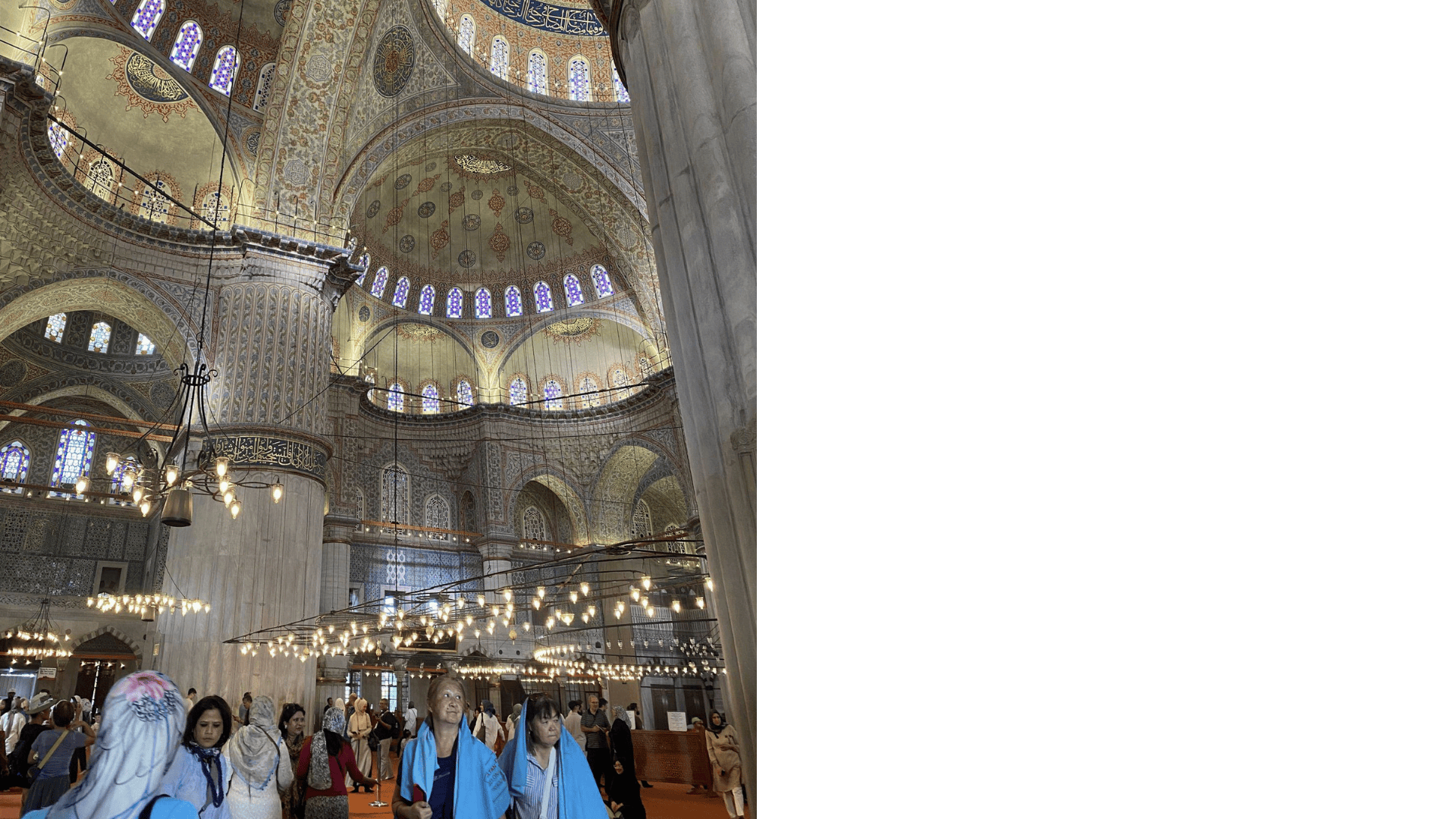
Picture 2. Inside the mosque, from the amazing tilework to the majestic domes, every detail tells a story that captivates the heart and mind.
The mosque is covered with carpet, as the ritual prayer involves prostration (sajadah).
Muslims who want to entering the mosque have to take off their shoes to ensure cleanliness, as this is a religious requirement. Also the greatest Arabic calligraphic examples on the interior walls of the mosque are produced by Qasim Ghubari, who produced the greatest Arabic calligraphic examples on the interior walls. These include Quranic verses, prayers, and attributes of Allah in Arabic language. The mosque features four large pillars, called ‘fil paye’ in Turkish, which represent spiritual pillars of faith in Islam. One of the quotations on the left rare column is translated as “And when My servants ask you about Me – indeed I am near. I respond to the prayer of the supplicant when they call upon Me. So let them respond to Me [by obedience] and believe in Me that they may be [rightly] guided.” In addition to religious function, The Blue Mosque playing a significant role in the social and cultural life of Istanbul. Not just the mosque, but included religious schools, a hospital, a market, and a museum, making it a point of community life. The Blue Mosque serve a study case in how states use cultural and religious symbols to project power and influence both domestically and internationally.

